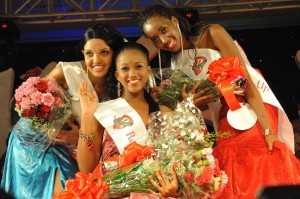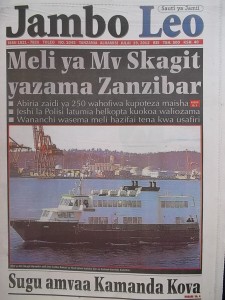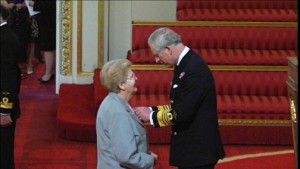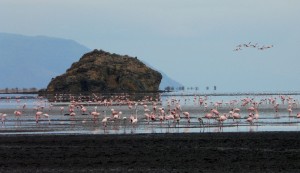This edited version of an article serves as an introduction to an MSc in African Studies (University of Oxford) dissertation entitled “Meaning in Miscellanea: The Social Value of Books in Stone Town, Zanzibar” that was submitted in June 2012. For further discussion and enquiry please contact Jono Jackson via the editor
Nearly half a century since the English Club closed its doors, remnants of its library can be found in the same room of the same building that once housed this bastion of English society abroad.
During the era in which Zanzibar was a British Protectorate, its library was central to its members’ leisure and learning; but within the building’s current incarnation as the Africa House Hotel, the remaining books stand in cabinets inaccessible behind a locked door. The numerous cardboard boxes within reveal that the once-active library has become a storeroom, and it is through glass panes the books’ spines relate their titles and authors. Once bright, thorough, and visited daily, its current state is that of a neglected and mildewed miscellany.
Evelyn Waugh stayed at the English Club in the 1930s, and mentioned in Remote People how he went up to the library daily to read and make notes on local history. He wrote that ‘the ink runs in little puddles of sweat that fall on to the page; I leave hot thumb-prints on the history-book. The plates have all come loose and the fan scatters them about the library.’
This study is rooted in the notion that the same object can be admired or rejected, and the objects in question are English-language books that exist in various forms and locations throughout Stone Town, Zanzibar. The ways in which people respond to and use meanings have material, social, and cultural consequences for themselves and those meanings. It is proposed that books can inhabit numerous nuances of meaning and value depending upon the web of wider social relations that surround their location in time and space.
Three categories of English-language books are identified for the purpose of this study: Artifactual; Second-hand; and New.
The Artifactual are those of the English Club library that still exist within the Africa House Hotel. Remnants of this library are also found in curio shops in Stone Town and offer a fascinating insight into the reading habits and interests of those who are long-gone yet evidence of their presence remains.
Second-hand books are worthy of consideration as significant objects within the landscape and social fabric of Stone Town. Their origin and destination are largely the Western consumer, whilst their circulation is facilitated by Zanzibari booksellers. Notions of value and meaning can be extrapolated as a result of the encounter between local practices and ideas with Western forms.
New books sold in Stone Town are predominantly priced above the financial capabilities of most Zanzibaris. Whilst reading is not as essential to the human system as eating or sleeping, the interplay between the concept of reading as nourishment for the mind and yet not essential to survival suggests that perceptions of books as valuable commodities are blurred.
If books are pre-eminent as vehicles for information and education, and a source of culture and recreation, then a discussion of the presence of such a large number of books that serve transient tourists contributes to the stereotypical and outdated, yet created and maintained, societal differences between the Western, literate and wealthy world, and the Third, illiterate and poor world.
Perhaps the Swahili proverb ‘Elimu ni maisha, si vitabu’ (‘Education is life, not books’) informs a difference in social mores, as Zanzibaris might not consider books a means to an end and are not imbedded in the notion of lifelong learning or reading for pleasure. The impact of books donated from Western agencies is also questioned insofar as their effects contrast with their intended purpose.
Books are shown to be potent objects of analysis, especially as Zanzibar possesses a complex history of cultural exchange. Exploring the book as an object that possesses a cultural biography enables the reconstruction of human interactions and variants of meaning and value that can inhabit the same object as perceived by different people, all the while entangled within the history and society of Stone Town.
Jono Jackson recently graduated with an MSc in African Studies from St Antony’s College, University of Oxford. He also studied Swahili & History at SOAS which included a term on Zanzibar. He has travelled extensively throughout Tanzania, and was a contributor to the 2nd Edition (2009) of the Footprint Travel Guide to Tanzania.





